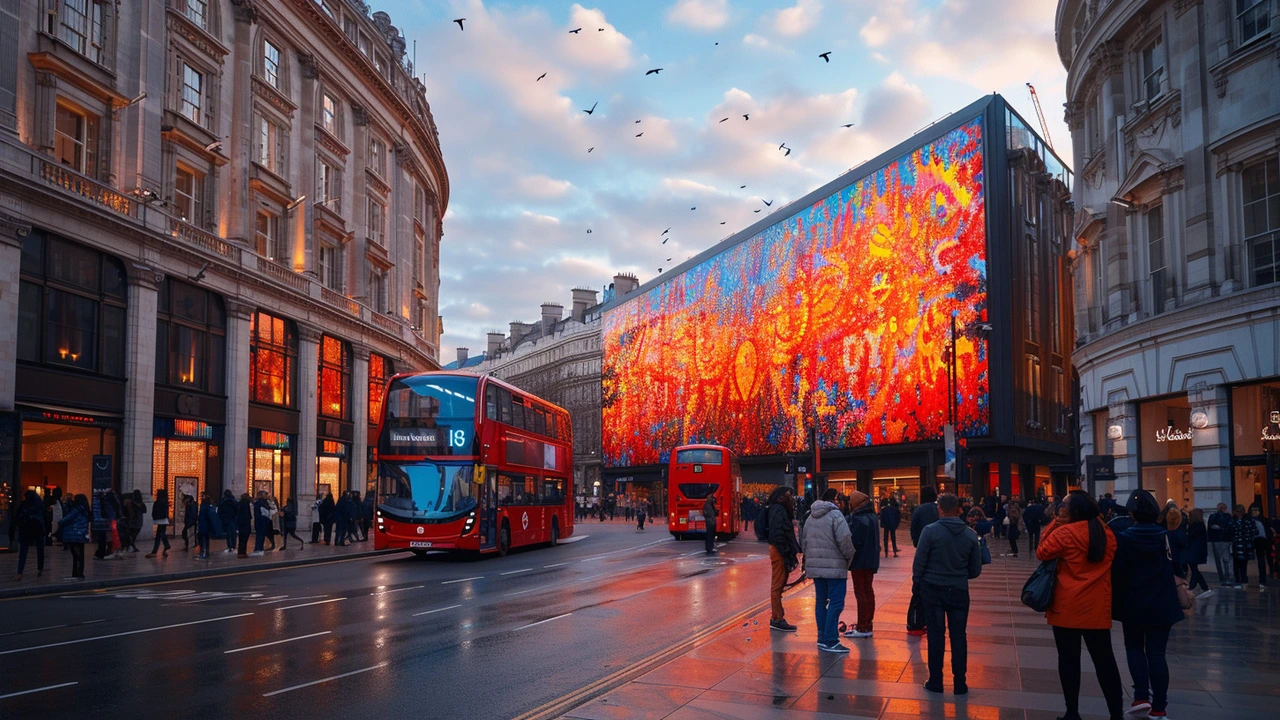Healing Power of Art: Simple ways art helps you feel better
You don’t need to be an artist to get real benefits from creating or looking at art. Hospitals, community centers, and therapists use art to ease anxiety, reduce pain, and speed emotional recovery. That’s because making or noticing images, color, and form gives your mind something different to focus on — and that shift can lower stress and sharpen focus fast.
Art heals in three clear ways: it helps you express feelings you can’t put into words, it focuses your attention so your body calms down, and it builds small wins that boost confidence. Those effects matter whether you’re facing grief, burnout, chronic pain, or just a bad week.
Practical steps to use art for healing
Start without pressure. Set a timer for 10 minutes, pick any materials — pencil, crayon, scrap paper — and make a mark. No judgment. The goal is movement, not masterpieces. Try a few of these simple approaches and see which one lands for you:
1. Daily ten-minute sketch: Draw whatever’s in front of you or follow a daily prompt. Short, regular practice reduces stress and builds a habit of creative pause.
2. Color to calm: Use coloring books or color blocks on your phone. Repeating simple shapes slows breathing and lowers tension.
3. Collage for clarity: Cut images from magazines that match how you feel. Arrange them without overthinking. The final piece can reveal patterns in your mood or goals.
4. Photo walks: Take a 15-minute walk with your phone and photograph things that catch your eye. Looking for small beauty trains your brain to notice positives.
Quick art exercises you can try right now
1) Emotion wheel: Draw a circle and divide it into slices. Fill each slice with a color or texture linked to an emotion you felt today. No words needed. This helps map your inner state.
2) Hands-on grounding: Fill a small box with textured materials (cloth, sandpaper, smooth stones). Touch each item for 20 seconds while breathing slowly. Pair it with doodling what you felt.
3) Future postcard: Draw or paint a postcard from a place you want to be in six months. Describe one small step to get there on the back. This mixes creativity with action.
If the feelings you’re working with are deep or overwhelming, reach out to a licensed art therapist. They train to guide the process safely and can tailor activities to support trauma, depression, or chronic illness. Community centers, hospitals, and online platforms often list certified practitioners.
Art is a tool you can shape to your life. It doesn’t fix everything, but it gives you a simple, practical way to shift your mood, process tough stuff, and reconnect with small joys. Try one 10-minute practice this week and notice what changes.

